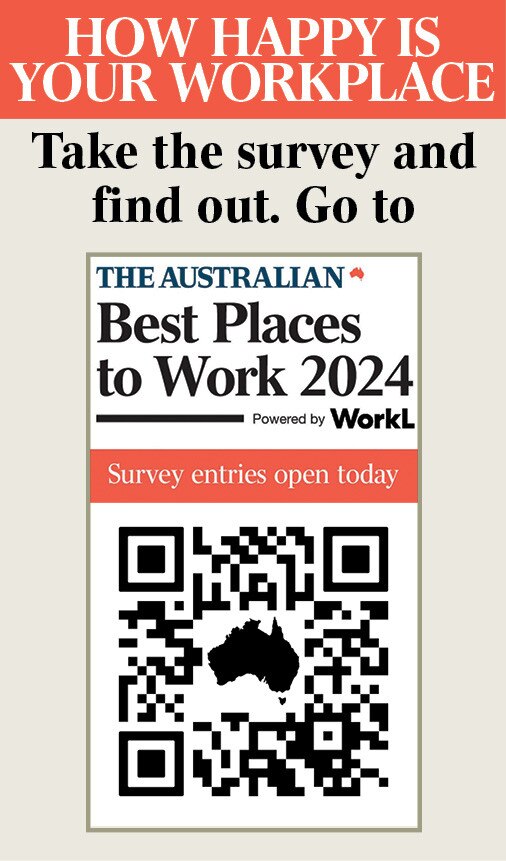AI identifies the jobs most at risk from AI
Bard, Google’s generative artificial intelligence chatbot, assesses the impact of developments in AI on the job market.

Bard, Google’s generative artificial intelligence chatbot, assesses the impact of developments in AI on the job market.
10 jobs most at risk
1. DATA ENTRY CLERKS
AI-powered software can already automate many of the tasks performed by data entry clerks, such as entering customer information, processing orders and updating databases.
2. CUSTOMER SERVICE REPRESENTATIVES
AI-powered chatbots are becoming increasingly sophisticated and are able to handle many of the same tasks as human customer service representatives, such as answering questions, resolving problems and providing support.
3. TRUCK DRIVERS
Self-driving trucks are already being developed and tested, and it is only a matter of time before they become widespread. This could put millions of truck drivers out of work.
4. TELEMARKETERS
AI-powered telemarketing software can now make and manage calls, qualify leads and close deals. This could lead to the elimination of many telemarketing jobs.
5. ACCOUNTANTS
AI-powered accounting software can already automate many of the tasks performed by accountants, such as processing invoices, preparing financial statements and filing taxes.
6. LEGAL ASSISTANTS
AI-powered legal research tools can already automate many of the tasks performed by legal assistants, such as researching case law, drafting documents and preparing presentations.
7. WEB DEVELOPERS
AI-powered code generators are becoming increasingly sophisticated and are able to write code that is as good as or even better than code written by humans. This could lead to the elimination of many web development jobs.
8. TRANSLATORS
AI-powered translation tools are becoming increasingly accurate and are able to translate text from one language to another with a high degree of accuracy. This could lead to the elimination of many translation jobs.
9. GRAPHIC DESIGNERS
AI-powered image generators are becoming increasingly sophisticated and are able to create high-quality images that are indistinguishable from images created by humans. This could lead to the elimination of many graphic design jobs.
10. FACTORY WORKERS
Robots are already being used in many factories to perform tasks such as welding, painting and assembling products. As robots become more sophisticated, they could eliminate many factory jobs.
It is important to note that this is not an exhaustive list, and the list of jobs that are at risk of disappearing because of AI is likely to grow in the years to come. However, it is also important to remember that AI is not a threat to all jobs. In fact, AI is likely to create new jobs in the areas of software development, data science and artificial intelligence itself. The key is to be prepared for the changes that AI will bring and to develop the skills that will be in demand in the future.

10 jobs least at risk
1. TEACHERS
AI can help teachers with tasks such as grading papers and creating lesson plans, but it is unlikely to replace them entirely. Teachers are still needed to provide human interaction and guidance to students.
2. HEALTHCARE WORKERS
AI is being used in healthcare to diagnose diseases, recommend treatments and provide care. However, AI is not yet able to replace the human touch that is essential in healthcare.
3. ARTISTS
AI can be used to create art, but it is unlikely to replace the creativity of human artists. Artists are still needed to express their own unique vision and to connect with viewers on an emotional level.
4. ENTREPRENEURS
AI can help entrepreneurs with tasks such as market research, product development and marketing. However, AI is not yet able to replace the human ingenuity and creativity that is essential to entrepreneurship.
5. SALESPEOPLE
AI can help salespeople with tasks such as lead generation and qualifying prospects. However, AI is not yet able to replace the human touch that is essential in sales. Salespeople are still needed to build relationships with customers and to close deals.
6. CLERGY
AI can help clergy with tasks such as providing counselling and leading worship services. However, AI is not yet able to replace the human connection that is essential in religious practice. Clergy are still needed to provide spiritual guidance and support to their congregants.
7. LAWYERS
AI is being used in law to research case law, draft documents and prepare presentations. However, AI is not yet able to replace the human judgment and creativity that is essential in law. Lawyers are still needed to interpret the law, advise clients and represent them in court.
8. HUMAN RESOURCES PROFESSIONALS
AI can help HR professionals with tasks such as recruiting, onboarding and training employees. However, AI is not yet able to replace the human empathy and understanding that is essential in HR. HR professionals are still needed to build relationships with employees and to create a positive work environment.
9. CUSTOMER SERVICE MANAGERS
AI can help customer service managers with tasks such as resolving customer issues and tracking customer satisfaction. However, AI is not yet able to replace the human empathy and understanding that is essential in customer service. Customer service managers are still needed to build relationships with customers and to resolve their issues in a timely and efficient manner.
10. CREATIVE DIRECTORS
AI can help creative directors with tasks such as brainstorming ideas, developing concepts and designing campaigns. However, AI is not yet able to replace the human creativity and intuition that is essential in creative direction. Creative directors are still needed to come up with new and innovative ideas that will resonate with audiences.
Note that this is not an exhaustive list and the list of jobs that are least at risk of disappearing because of AI is likely to change over time. However, these jobs are all likely to be in demand for the foreseeable future.





